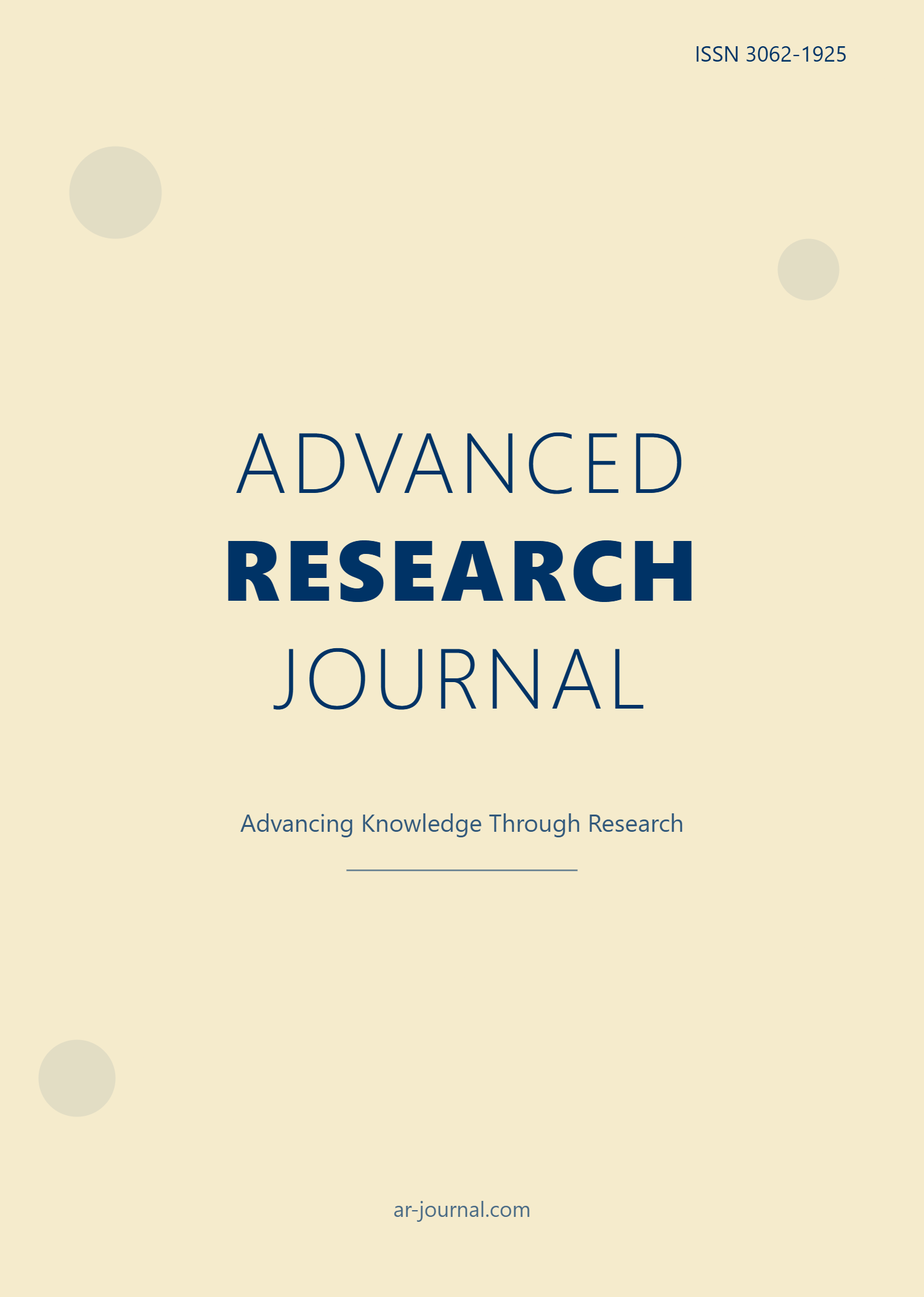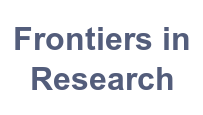Satellite image-based AI system for monitoring coral bleaching in Hawaii
DOI:
https://doi.org/10.71350/30624533118Abstract
Coral reefs play a critical role in sustaining marine biodiversity, supporting fisheries, and protecting coastlines. However, climate change and anthropogenic pressures have led to widespread coral bleaching, threatening ecological and economic stability—especially in tourism-dependent regions like Hawaii. Despite the urgency, current monitoring methods often lack real-time responsiveness and scalability. This study proposes an AI-based monitoring system that leverages satellite imagery to detect and track coral bleaching in Hawaii. The system integrates deep learning techniques for semantic segmentation of coral regions, temporal change detection to identify bleaching progress, and spectral analysis to estimate reef health. By visualizing high-risk areas through heatmaps, the framework enables early intervention and data-driven conservation planning. While the current focus is on the core detection and analysis functionalities, the system is designed with extensibility in mind—allowing future integration of automated reporting tools and real-time alert mechanisms. Our approach aims to provide an efficient and scalable solution for reef monitoring that bridges the gap between environmental science and AI technology. It offers both ecological insight and practical utility, contributing to the sustainable management of Hawaii’s vital coral reef ecosystems.
Downloads
References
Beijbom, O., Edmunds, P. J., Kline, D. I., Mitchell, B. G., & Kriegman, D. (2012). Automated annotation of coral reef survey images. 2012 IEEE Conference on Computer Vision and Pattern Recognition, 1170-1177.
Bhatia, M. (2023). Coral reef surveillance with machine learning: A review. Electronics, 13(24), 5027. https://doi.org/10.3390/electronics13245027
Bhatia, M. (2023). From remote sensing to artificial intelligence in coral reef monitoring. Machines, 12(10), 693. https://doi.org/10.3390/machines12100693
Chen, L. C., Papandreou, G., Schroff, F., & Adam, H. (2017). Rethinking atrous convolution for semantic segmentation. arXiv preprint arXiv:1706.05587.
Dosovitskiy, A., Beyer, L., Kolesnikov, A., Weissenborn, D., Zhai, X., Unterthiner, T., ... & Houlsby, N. (2020). An image is worth 16x16 words: Transformers for image recognition at scale. arXiv preprint arXiv:2010.11929.
Du, P., Liu, S., Xia, J., & Zhao, Y. (2024). A Siamese Swin UNet for image change detection. Scientific Reports, 14, 4577. https://doi.org/10.1038/s41598-024-55151-2
Ferrari, R., Malcolm, H. A., Byrnes, E. E., Friedman, A., Williams, S. B., Schultz, A., ... & Figueira, W. F. (2024). A systematic review of robotic efficacy in coral reef monitoring. Marine Pollution Bulletin, 202, 116273.
Gamon, J. A., Peñuelas, J., & Field, C. B. (1992). A narrow-waveband spectral index that tracks diurnal changes in photosynthetic efficiency. Remote Sensing of Environment, 41(1), 35-44.
Gitelson, A. A., & Merzlyak, M. N. (1996). Signature analysis of leaf reflectance spectra: Algorithm development for remote sensing of chlorophyll. Journal of Plant Physiology, 148(3-4), 494-500.
Gong, M., Yang, H., & Zhang, P. (2018). Feature learning and change feature classification based on deep learning for ternary change detection in SAR images. ISPRS Journal of Photogrammetry and Remote Sensing, 129, 212-225.
Goodman, J. A., Purkis, S. J., & Phinn, S. R. (2013). Coral reef remote sensing: A guide for mapping, monitoring and management. Springer.
He, K., Gkioxari, G., Dollár, P., & Girshick, R. (2017). Mask R-CNN. Proceedings of the IEEE International Conference on Computer Vision, 2961-2969.
Hedley, J. D., Harborne, A. R., & Mumby, P. J. (2005). Simple and robust removal of sun glint for mapping shallow‐water benthos. International Journal of Remote Sensing, 26(10), 2107-2112.
Hedley, J. D., Roelfsema, C., Brando, V., Giardino, C., Kutser, T., Phinn, S., ... & Koetz, B. (2018). Coral reef applications of Sentinel-2: Coverage, characteristics, bathymetry and benthic mapping with comparison to Landsat 8. Remote Sensing of Environment, 216, 598-614.
Hughes, T. P., Kerry, J. T., Baird, A. H., Connolly, S. R., Dietzel, A., Eakin, C. M., Heron, S. F., Hoey, A. S., Hoogenboom, M. O., Liu, G., McWilliam, M. J., Pears, R. J., Pratchett, M. S., Skirving, W. J., Stella, J. S., & Torda, G. (2018). Global warming transforms coral reef assemblages. Nature, 556(7702), 492-496.
Peters, K. (2007). Coral reef conservation program external review. Federal Register.
Robinson, J., Feldman, K., & Woods, H. (2022). High-resolution coral reef classification with PlanetScope imagery. Remote Sensing, 14(3), 567.
Ronneberger, O., Fischer, P., & Brox, T. (2015). U-Net: Convolutional networks for biomedical image segmentation. Medical Image Computing and Computer-Assisted Intervention, 234-241.
Rouse, J. W., Haas, R. H., Schell, J. A., & Deering, D. W. (1974). Monitoring vegetation systems in the Great Plains with ERTS. NASA Special Publication, 351, 309-317.
Spalding, M., Ravilious, C., & Green, E. P. (2001). World atlas of coral reefs. University of California Press.
Zhou, Z., Rahman Siddiquee, M. M., Tajbakhsh, N., & Liang, J. (2018). UNet++: A nested U-Net architecture for medical image segmentation. Deep Learning in Medical Image Analysis and Multimodal Learning for Clinical Decision Support, 3-11.
Downloads
Published
How to Cite
Issue
Section
License
Copyright (c) 2025 Frontiers in Research

This work is licensed under a Creative Commons Attribution 4.0 International License.








